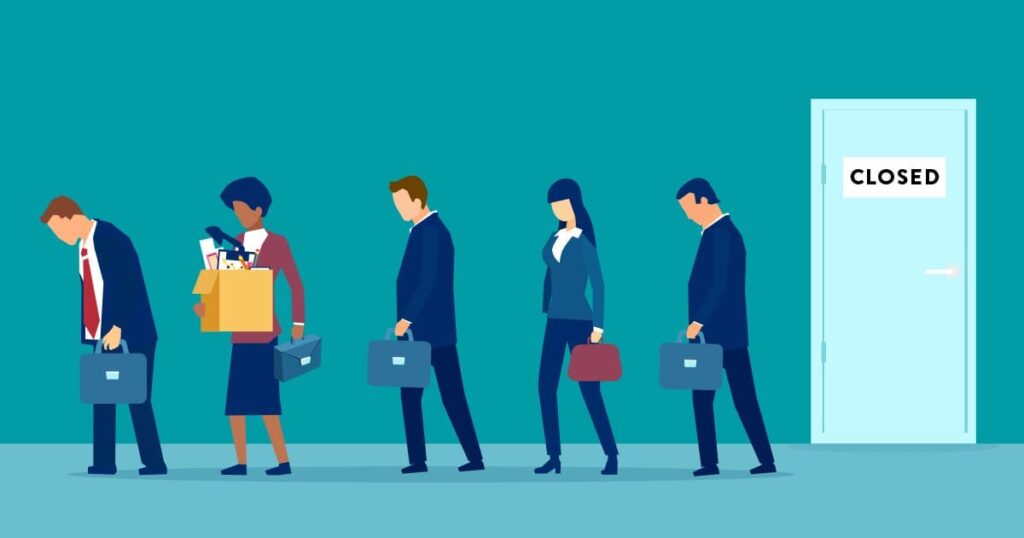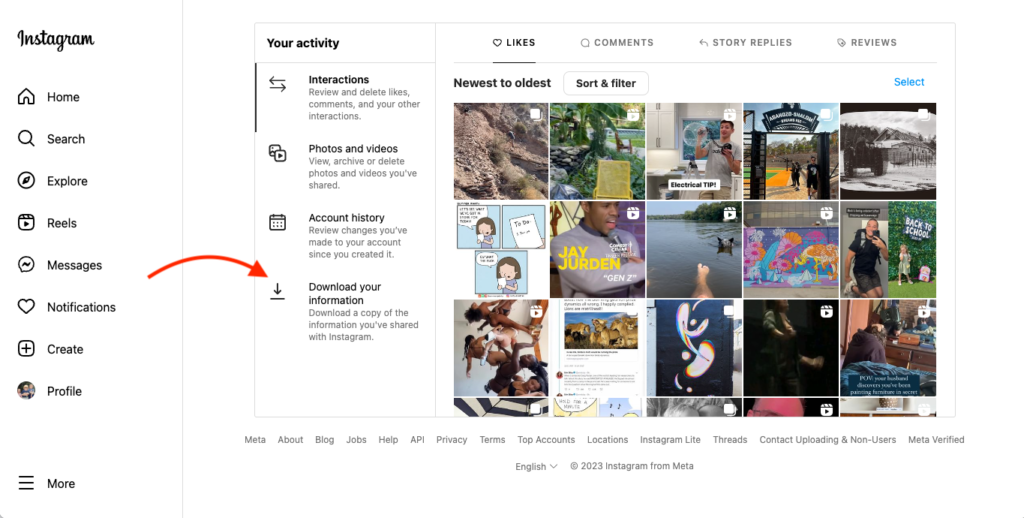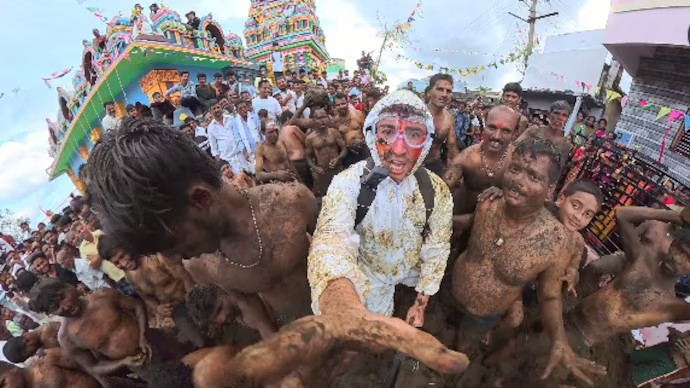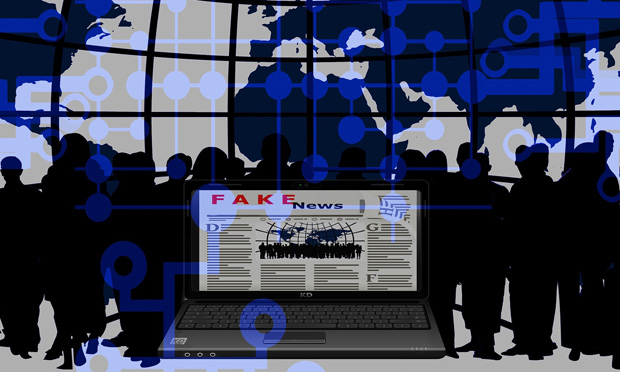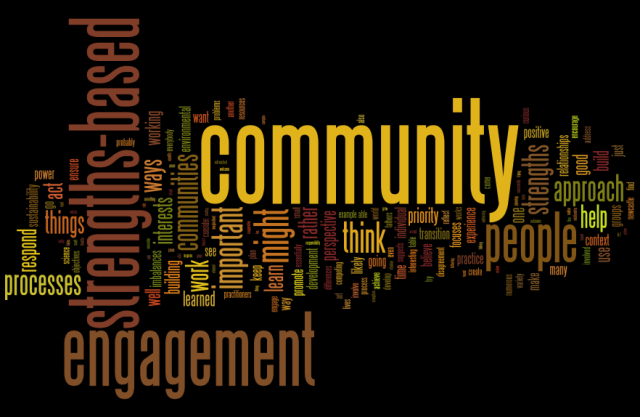Now Reading: Social Media During Natural Disasters
-
01
Social Media During Natural Disasters
Social Media During Natural Disasters
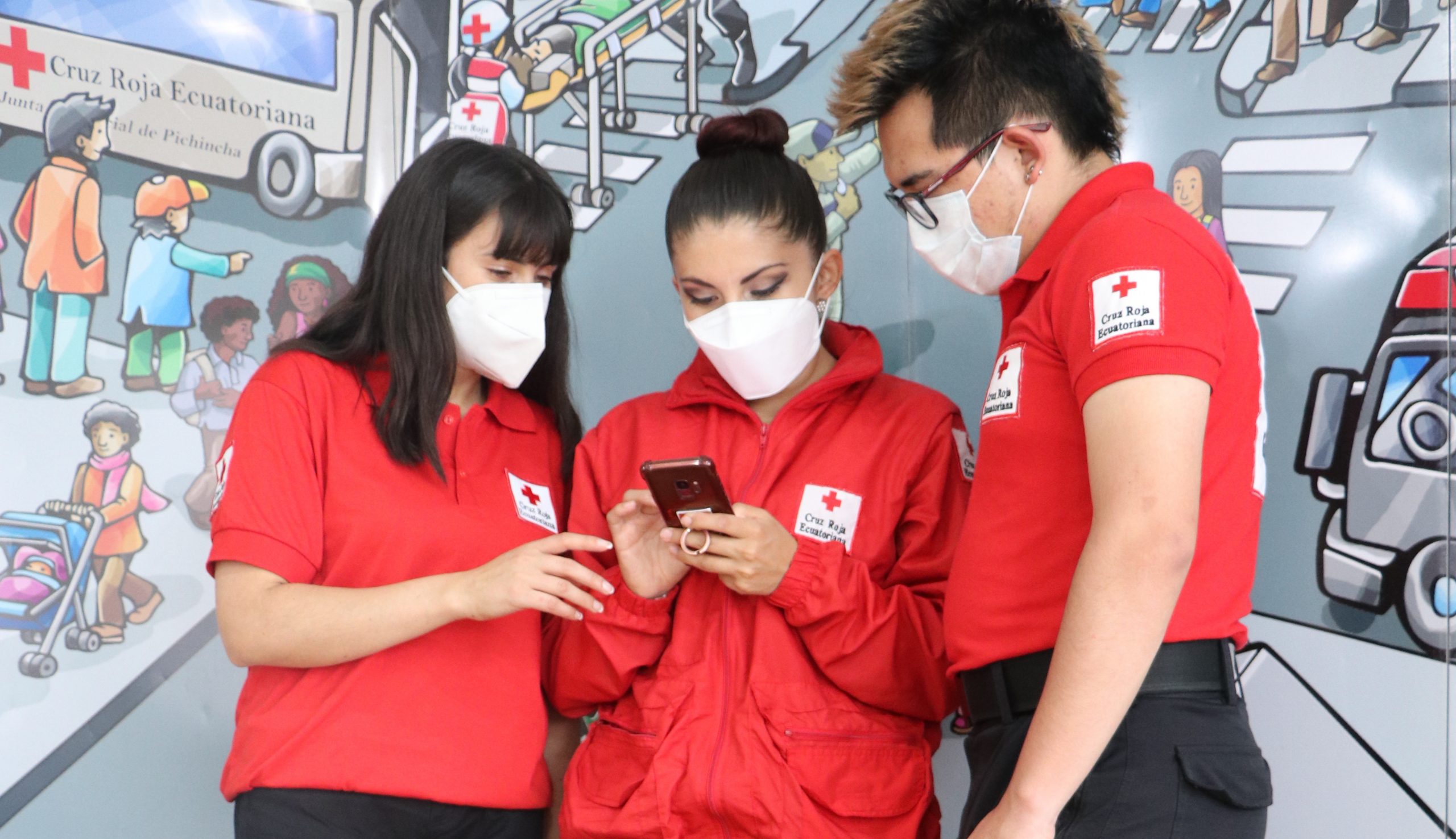
Social media has become a critical tool during natural disasters, helping people share updates, seek help, and coordinate relief efforts. In India, including Tier 2 cities, platforms like WhatsApp, Twitter, and Facebook are increasingly used to report floods, storms, and other emergencies, connecting affected communities with resources and authorities in real time. However, the same channels can also spread misinformation if not used carefully.
One key benefit is real-time information. Locals can post updates about affected areas, road blockages, or availability of essentials, allowing others to respond quickly. Authorities can monitor these posts to direct emergency services where they are most needed.
Social media also facilitates coordination for rescue and relief. Volunteers, NGOs, and government agencies use digital networks to organize food, shelter, and medical assistance efficiently. In smaller towns, these networks often supplement limited local infrastructure.
Misinformation remains a challenge. During crises, rumors or false alerts can spread rapidly, causing panic or unnecessary congestion in certain areas. Critical thinking and reliance on verified sources are essential to avoid such issues.
Despite challenges, social media strengthens community resilience. Awareness campaigns, responsible sharing, and digital literacy can ensure that these platforms are used effectively to save lives and provide support during disasters.
In conclusion, social media plays a dual role during natural disasters in India. It can be a lifeline for communication and coordination, but users must exercise caution to prevent misinformation. With responsible use, it enhances preparedness and response, especially in Tier 2 cities where local networks are vital.








